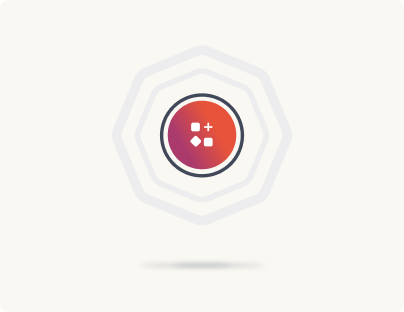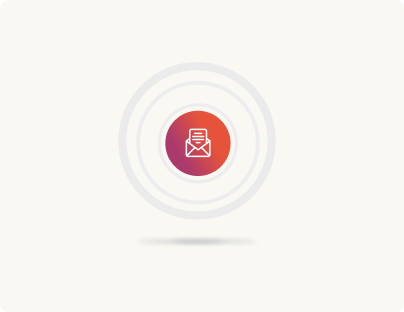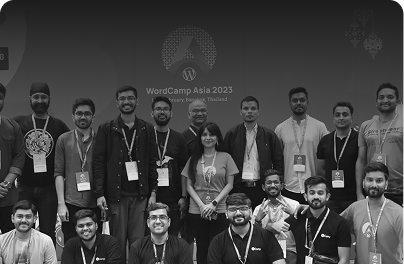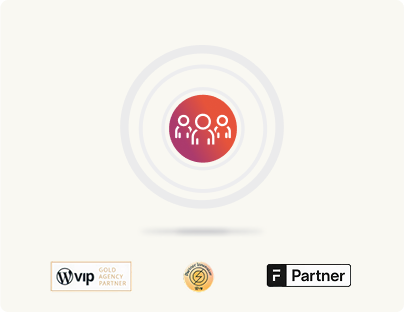Auditing Block Libraries
Before fully committing to any block library, it’s essential to perform a detailed audit of its performance, code quality, and long-term maintenance. This helps avoid performance issues, incompatibility problems, and security risks down the road. Here’s how to evaluate each factor in a very detailed, niche-specific way:
Performance Impact Assessment
Performance can make or break your website, especially with block-heavy pages. Here’s where block libraries can have hidden pitfalls:
1. Resource Bloat
Some libraries load all their assets (CSS, JavaScript) across every page, regardless of whether you’re using those blocks. This bloats your page size and can cause slow load times. For example, if you install a block library with fancy sliders or carousels but only use a button block on a particular page, check if the unnecessary assets for sliders are still being loaded. This is dead weight on your website.
Solution
Look for libraries that use selective asset loading. Kadence and Getwid do this well—they only load CSS/JS for the blocks you use on the page. You can check this by inspecting your website’s source code or using a tool like Chrome DevTools to track which scripts are being loaded.
2. Third-Party Dependencies
Some libraries rely on external frameworks like jQuery or Bootstrap, which can conflict with other plugins or themes. Even though WordPress is moving towards a jQuery-free future, some block libraries still pull in old dependencies that can slow down your site and introduce compatibility issues.
Solution
Go for libraries that minimize or avoid external dependencies. If a block library loads unnecessary external scripts (like a heavy jQuery plugin), it could hurt your site speed without you realizing it.
3. JavaScript Execution Time
Interactive blocks like carousels, accordions, or popups can sometimes involve heavy JavaScript execution, which affects Time to Interactive (TTI) and First Input Delay (FID). Long-running JavaScript can block the rendering process, especially on mobile devices. For example, if you’re using a slider, test how quickly the slider initializes, some sliders delay interaction until the entire page is loaded, creating a sluggish user experience.
Solution
Test with Google Lighthouse or Web Vitals to see if heavy JavaScript execution is delaying your page’s interactive features. You want blocks that are lazy-loaded, they should only render when needed.
4. Mobile Performance
Many block libraries optimize for desktop but ignore mobile performance. Larger blocks, like carousels or masonry galleries, can cause layout shifts or excessive reflows on mobile. This affects Cumulative Layout Shift (CLS), a critical metric for SEO. For example, a carousel block that renders slowly on mobile could cause text and images to jump as the page finishes loading.
Solution
Libraries like Stackable and Spectra offer strong mobile optimizations by allowing responsive control. Make sure to test mobile layouts with Responsive Design Mode in your browser’s developer tools.
Code Quality Evaluation
The quality of code in a block library matters, especially if you’re integrating it into complex projects or custom themes. Poorly written code can lead to security vulnerabilities and broken layouts with future WordPress updates.
1. WordPress Standards
WordPress has coding standards that developers need to follow for security, stability, and compatibility. Libraries that ignore these standards can break with WordPress core updates or cause conflicts with other plugins. A poorly coded block might introduce XSS vulnerabilities (Cross-site scripting) if it doesn’t sanitize user inputs correctly, especially in blocks that process forms or user data.
Solution
Stick with libraries like Kadence or Stackable, known for adhering to WordPress coding standards. If you’re unsure, inspect the code using plugin like Query Monitor to evaluate whether the library is causing any security or compatibility issues.
2. Extensibility
Not every block library is built for developers who want to customize further. Some libraries don’t offer hooks or filters for extending functionality, which limits what you can do. For example, if you want to add a custom class or modify how a testimonial block works, you need a library that supports customization through WordPress hooks.
Solution
Kadence, Stackable, and Greenshift provide good hooks for developers, making them easier to extend. You can also check the documentation of the library for available hooks or filters.
3. Efficiency of Code
Avoid libraries that introduce bloated code. For example, a simple block like a button shouldn’t add 100 lines of CSS or include unnecessary animations that increase the size of the site. Some blocks might rely on legacy code from older frameworks or poorly minified CSS/JavaScript, leading to poor performance.
Solution
Check how much CSS/JS each block adds using Chrome DevTools’ Network tab. Kadence and Getwid, for example, are more efficient in terms of the size of their files and how they load block-specific assets.
Maintenance and Support Considerations
A well-maintained library is key for long-term use, especially since WordPress updates can introduce breaking changes.
1. Update Frequency
WordPress regularly updates its core, and block libraries must stay up to date to avoid conflicts. Some libraries, especially free ones, may go months without updates. This increases the risk of compatibility issues and security vulnerabilities. For example, a block library that hasn’t been updated for a year might not be compatible with the latest WordPress version or block editor changes.
Solution
Check the last update date of the library in the WordPress repository. Kadence and Stackable are known for frequent updates, while some free libraries like Getwid are actively maintained but might not have the same pace of updates as premium ones.
2. Community and Support
Some libraries have dedicated support teams, while others rely on community forums. Lack of support can be a dealbreaker if you encounter issues. For example, free libraries like CoBlocks might have limited direct support, meaning you’ll have to rely on the community or spend more time troubleshooting.
Solution
Opt for libraries with active communities or premium support options. Stackable and Kadence offer premium support options with their paid versions. Spectra also has a strong community and documentation for self-troubleshooting.
3. Roadmap and Future-Proofing
Some block libraries provide a public roadmap, showing what features and improvements are planned for the future. This is a good sign of long-term commitment. Libraries without clear plans might lag in terms of new features or bug fixes, leaving you with outdated blocks that no longer perform well.
Solution
Check if the library’s developers share their roadmap or if they’re active on GitHub. A transparent development cycle is a positive indicator of a block library’s longevity.
It should strike the balance between performance, good code quality, and good long-term support. Be sure that it doesn’t bloat your site; develops well-written code along with an extensible nature and also receives regular updates. Tools like Lighthouse, Chrome DevTools, and Query Monitor will be crucial for doing your own audit before committing fully to a block library.







